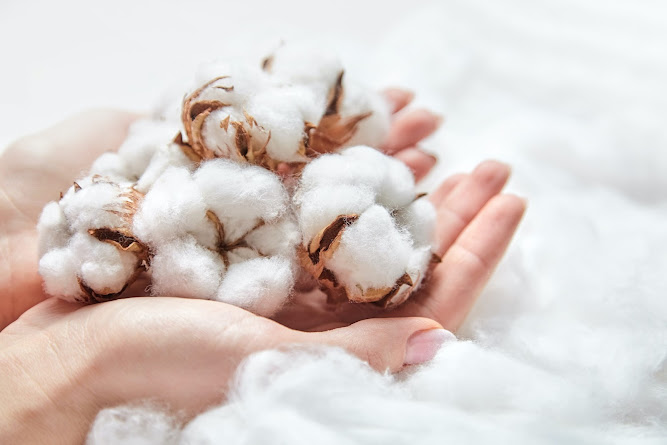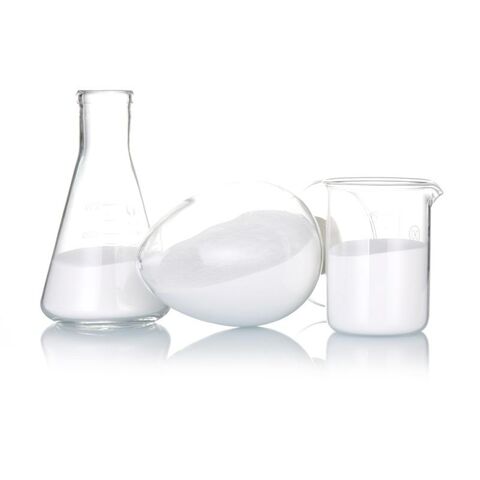Top 10 Applications of HPMC in Construction — The Hidden Key to Preventing Cracks, Peeling & Poor Workability
Hydroxypropyl Methylcellulose (HPMC), also known as cellulose ether, is a functional polymer derived from purified natural cotton pulp via etherification. Despite being used in small amounts, HPMC plays a crucial role in enhancing the performance of dry-mix mortars and construction materials.
1. Masonry and Plaster Mortars
HPMC improves water retention, ensuring full cement hydration, better bonding strength, smoother application, and reduced cracking due to premature drying.
2. Waterproof Putty
HPMC prevents rapid water loss, avoiding cracking or delamination. It also enhances adhesion to substrates and improves anti-sag properties for easier application.
3. Gypsum Plasters
HPMC provides water retention, lubrication, and set-time control, solving issues like blistering and cracking while improving workability and extending open time.
4. Primers and Interface Agents
As a thickener, HPMC boosts tensile and shear strength, improving adhesion and layer stability between different materials.
5. EIFS/ETICS Mortars
HPMC enhances sag resistance and cracking resistance in exterior insulation systems, improving ease of spreading and final surface quality.
6. Tile Adhesives
With excellent water retention, HPMC allows for direct application without wetting tiles or substrates. It improves open time, bonding strength, and slip resistance.
7. Grouts and Joint Fillers
HPMC improves edge bonding and abrasion resistance, reducing shrinkage and protecting the base from mechanical damage and water ingress.
8. Self-Leveling Compounds
By controlling flowability and hydration rate, HPMC helps prevent surface defects such as cracking or uneven curing.
9. Latex Paints & Coatings
HPMC acts as a thickener, film former, emulsifier, and stabilizer. It enhances flow, leveling, abrasion resistance, and compatibility with solvents, while maintaining pH stability and smooth application.
10. Honeycomb Ceramics
In ceramic manufacturing, HPMC improves green strength, lubrication, and water retention—critical for advanced thermal and structural performance.
Pro Tip for Hot Weather Construction:
Insufficient HPMC in summer can cause poor hydration, shrinkage, and failures like delamination or cracking. High-quality HPMC ensures water retention, easy workability, and optimal strength—even under extreme conditions.



评论
发表评论